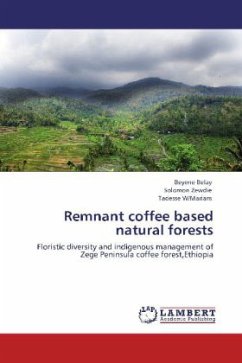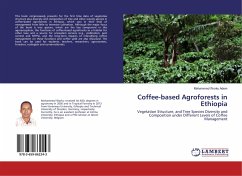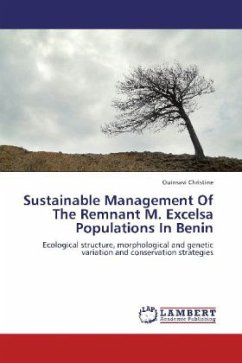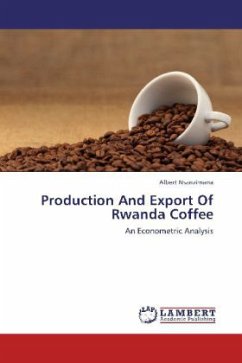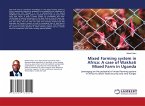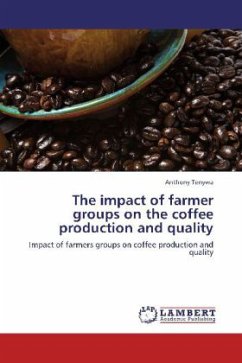Afromontane forests, internationally recognized as the Eastern Afromontane Biodiversity Hotspot, have proved to be high in species diversity and a refuge for wild Arabica coffee populations and they shelter a greater number of other economically useful plant species on which the local communities are dependent on for their livelihoods. Hence, their continuation as a forest ecosystem is obligatory for the conservation of species occupying different niches within the forest. However, nowadays those remnant hotspots forests are destroyed or changed into other land use system especially the traditional forest coffee management (i.e. thinning of understory trees, shrubs and climbers) in those forests may lead to the formation of forest vegetation dominated by coffee plants both in composition and in structure. This book shows the forest condition of coffee-based and non-coffee forest patches especially species their composition and indigenous management techniques.
Bitte wählen Sie Ihr Anliegen aus.
Rechnungen
Retourenschein anfordern
Bestellstatus
Storno

